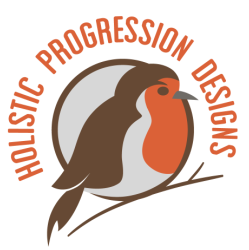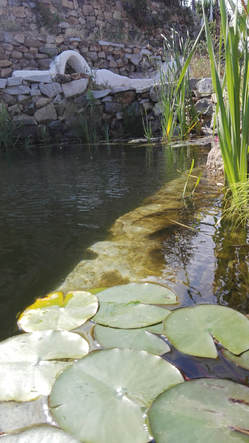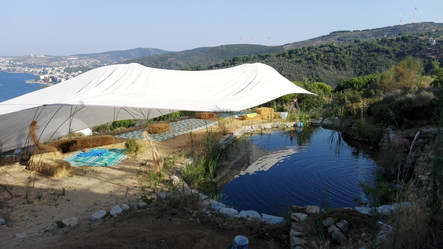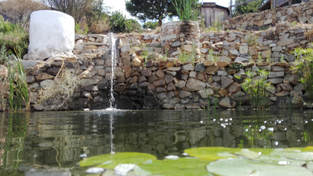
There are many examples of this. One I would like to highlight here is creating a natural swimming pool that stores water and increases the value of the property, while providing you with a non toxic building material. This can be applied in you back garden or, on a bigger scale, it is a great way to kick start a project.
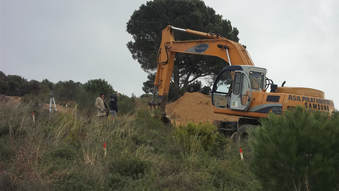
A natural swimming pool can be dug in two ways. One way is by hand, taking the earth bit by bit to use directly as a material for a earthen house. The other way is by machine, either with a mini digger or larger machine, as shown in the photo below, as we were implementing a larger scale earth works design.
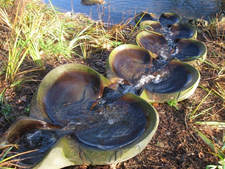
The water in a natural swimming pool is kept clean by mimicking how a river functions. Water is pumped out of the pool and then travels through sand and gravel filters. Then onto other biological filters like volcanic rocks and filtering plants. Then the water is sent back to the pool either through flow forms or a waterfall which oxygenates the water.
| How it can be applied on a small scale? Small swimming pools or plunge pools are created and the earth is used to build a small home office for work or study, or possibly an art or yoga studio. It could also be an extra guest room or be rented out. This pragmatic approach gives a clear starting point addressing the priorities of the key needs of water and shelter. Once that is in place, it allows for incremental design of surrounding spaces and elements. Allowing for the basic needs to be meet in a way that is thoughtful is much more realistic for many people and, in my experience, much more realistic and economical than creating a master plan design that may or may not be implemented. I did this in Turkey five years ago at Alişler Yurdu. In that case, the earth dug out was used to create a terrace upon which a geodesic dome was built. |
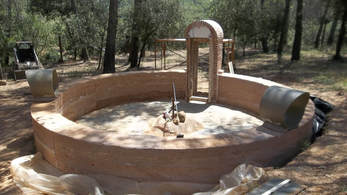
Earthen houses, if designed well, with good boots (foundations) and hat (roof) are beautiful. There are several advantages of living in an earth house:
> They contain no toxins.
> They are comfortable to be inside, as they regulate the temperature.
> They have a special feeling inside because you are directly in contact with the earth.
Earth is a material that you have harvested yourself, so there is zero carbon emissions or transport involved. There are many options of earthen building available, such as rammed earth, cob, adobe or super adobe.
| As a designer I see my role as saving clients money by helping them make wise decisions. The investment put in is given back whilst show-casing sustainable development and natural healthy buildings. This 'two birds with one stone' integrated design approach, creates functional interconnections, takes responsibility and opens the door to self reliance. |
|
Matt Prosser 08.08.2018
|
|
